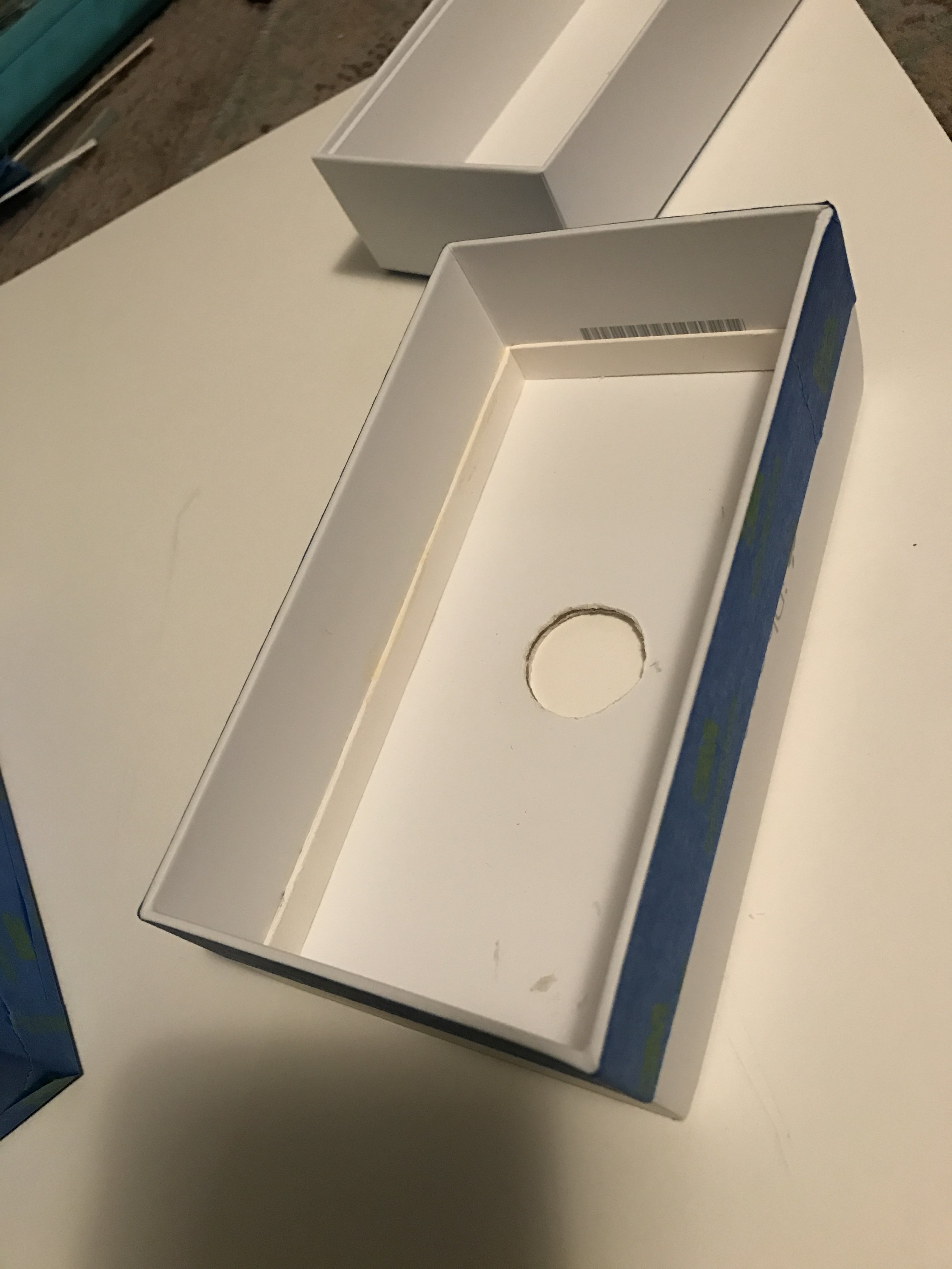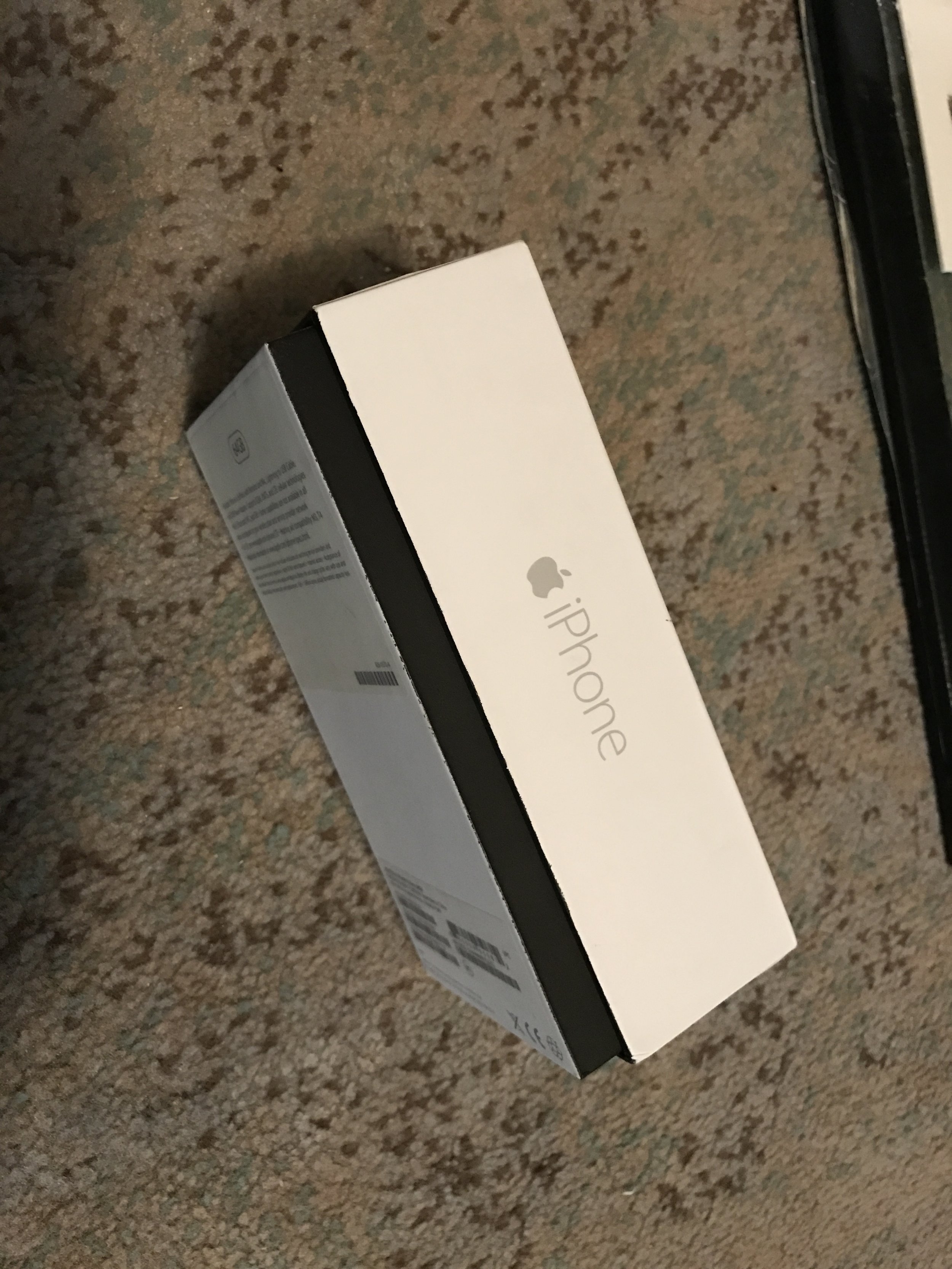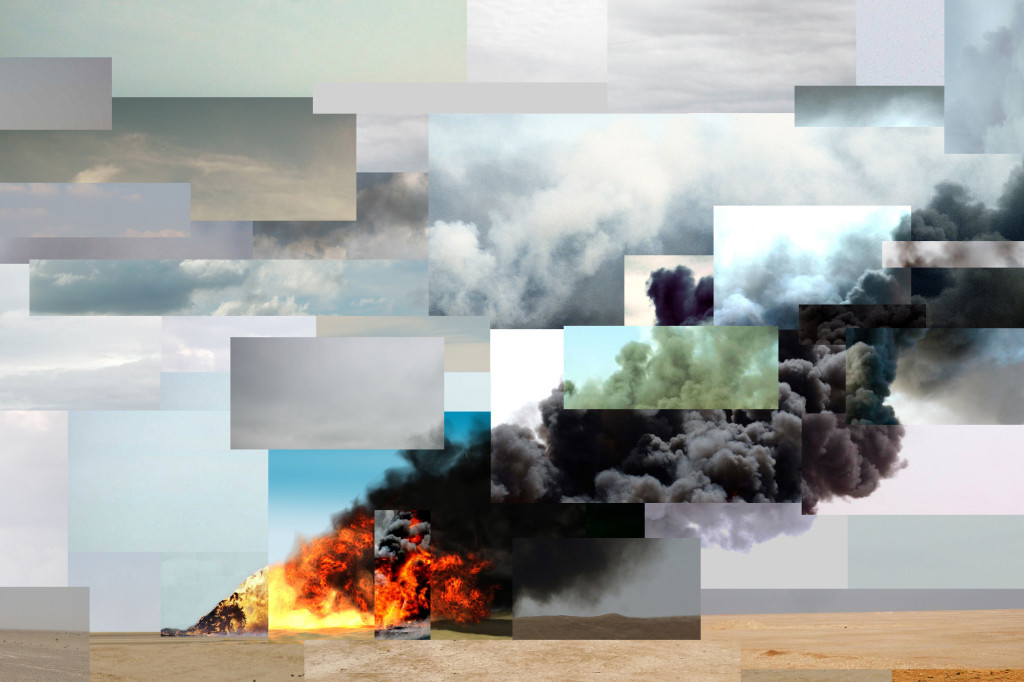A few days ago, I published a post on the work of Krista Wortendyke. In it, I explained I first saw her work in an email newsletter, and that it really "struck a chord." I didn't really elaborate on that in the post, because I wanted to focus on Krista's work. Today I'd like to talk about the way it affected and has already influenced me and my own photography.
I've mentioned in previous blog posts how the creative impulse has really taken hold of me again and I've begun sweeping the cobwebs out of the recesses of my mind that drove my creative thinking. It’s not that I quit exercising my creativity altogether—I just found different outlets, like tying flies and fly fishing, and I didn’t exercise photographically often at all. Or, I at least didn’t engage in it seriously, or with any real direction. It gradually fell pretty low on the list of priorities. It is true that I would occasionally think about a project that would help me get serious, but that’s as much work I put into it. Add to that the fact that after leaving grad school (the reasons for which I still haven’t ever fully addressed here), I haven’t really been part of a community to offer any valuable feedback or critiques beyond a “thumbs-up” or a “like” on Facebook or Instagram of any work I ever did do in the past several years. And that has been the hardest struggle.
So, as I’ve been going out around Cache Valley to photograph, and reading material to help get my brain in gear, I’ve been wondering and pondering on what to do for a project, and several ideas have popped up. I’ve always thought ever since moving here, about doing something with the Bear River. It’s a heavily exploited resource, so there’s lots I could say with it. But then I remember Craig Denton’s book “Bear River: Last Chance to Change Course” and shy away from a project of my own on the Bear River. That happens to me all the time: I think of a project or subject or process, then learn of or remember that someone else has done that exact thing or something very similar and I give up on whatever plans for a project I may have started to formulate. But I recently heard a quote from Mary Virginia Swanson who said (to paraphrase) that you should photograph the ideas or subjects that come from within. To photograph what you’re passionate about. She went on to say that after a while you will come into your own style. And then I later heard another paraphrased quote from Robert Adams: Art can’t awaken us if it merely copies what we already have. So, the first quote gave me some validation and encouragement to carry out a project that someone perhaps has already done. The second quote gave me the warning I need to not just copy. Which I’ve always had in mind when making photographs (though sometimes I’ve made photographs knowing full well it looks exactly like another photograph from someone who came before). In the Adams quote, he said something about taking what someone has already done (and this is where the real challenge lies) and to make it better. And he’s right. Every turn I take, it seems like I’ve seen something like it to varying degrees before. There’s little in the Arts that hasn’t been done before. Which can be debilitating, because I don’t want to copy. I just need to figure out how to improve upon work that has influenced me. That’s when a voice creeps in my head and says “How are you going to improve upon Mark Klett? or James Balog? or Peter Goin? and the list goes on.
Now let me discuss some thoughts on the project I have swimming around my mind, as well as what is an underlying element to all of my photography. I’ve always been fascinated at the way a photograph can freeze moments of time. Whether the length of that moment of time is only 1/500 of a second, or if three hours passed to make the exposure. My lumens, for example, are exposed anywhere between three hours and a week or more (I’ve done them as long as a month, but I feel like a day-long, or two-day-long exposure is sufficient for what I am trying to achieve). Within that time, the plants I use in the process die, along with any insects or other crawly things that are in the plants’ roots or leaves, and things begin to rot and decay fairly quickly, especially if it’s a hot summer day. The paper really changes from the intense UV light that is exposing it. The viewer may not know just how much time elapsed in the making each print, but the passage of time is a preeminent element in the creation of them. With my “camera photographs” (I use the term here to separate them from the camera-less photographs that lumen prints are), I almost always try to use as slow a shutter speed as possible. Within reason. I’m not usually interested in freezing motion in my photography. I aim to show motion—flowing water, tree branches swaying in the breeze, the streaks of headlights as cars drive by.
Which brings me back around to the photography of Krista Wortendyke, and the chord that was struck. In the blog post I did on her work, I explained (actually, I quoted her artist statement) that her photographs are composed of multi-frame images taken from video games, and photographs found on the internet to make a composite image that blurs the line between what is real, and what is fiction. Upon seeing that photograph in the email newsletter, I knew I had a direction I could take in a project on the Bear River. By making each photograph up of a composite of many photographs, I can show the passage of time in each individual photograph that makes up the whole, as well as the passage of time measured in days, weeks, months or even years, showing the effects of time and changes of seasons of a scene in a single photograph. Any changes in water levels of rivers and streams, the sprouting and death of leaves on trees, and any changes that Man might make on the landscape could all be observed in one image. That email arrived in my inbox at about nine a.m., and I wasn’t able to sit still or concentrate for the rest of the day. My mind was exploding with new ideas and locations to photograph and methods of display. In that post, I explained it wasn’t the first time I’d seen work done the way Krista created her photographs, and that I was familiar with James Balog. Even before I knew of Balog, Tyler Hopkins, a friend from college was doing mosaic-, multi-frame photographs. And since I came across Krista’s work, I’ve discovered a few more photographers working in this similar vein, such as Jake Weigel.
Over the past two or three weeks, I've been out a handful of times to start gathering photographs for finished pieces. I've returned to a few locations on different days, so that the larger photograph has photographs made on two different days.
Here is the first one I started working on, with photos made on two different days, and is by no means finished:























































